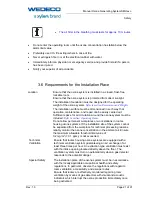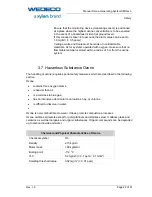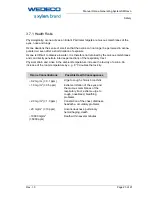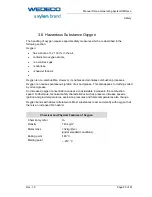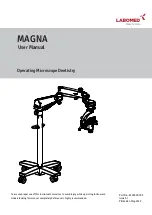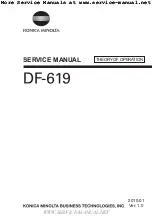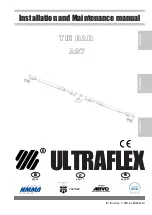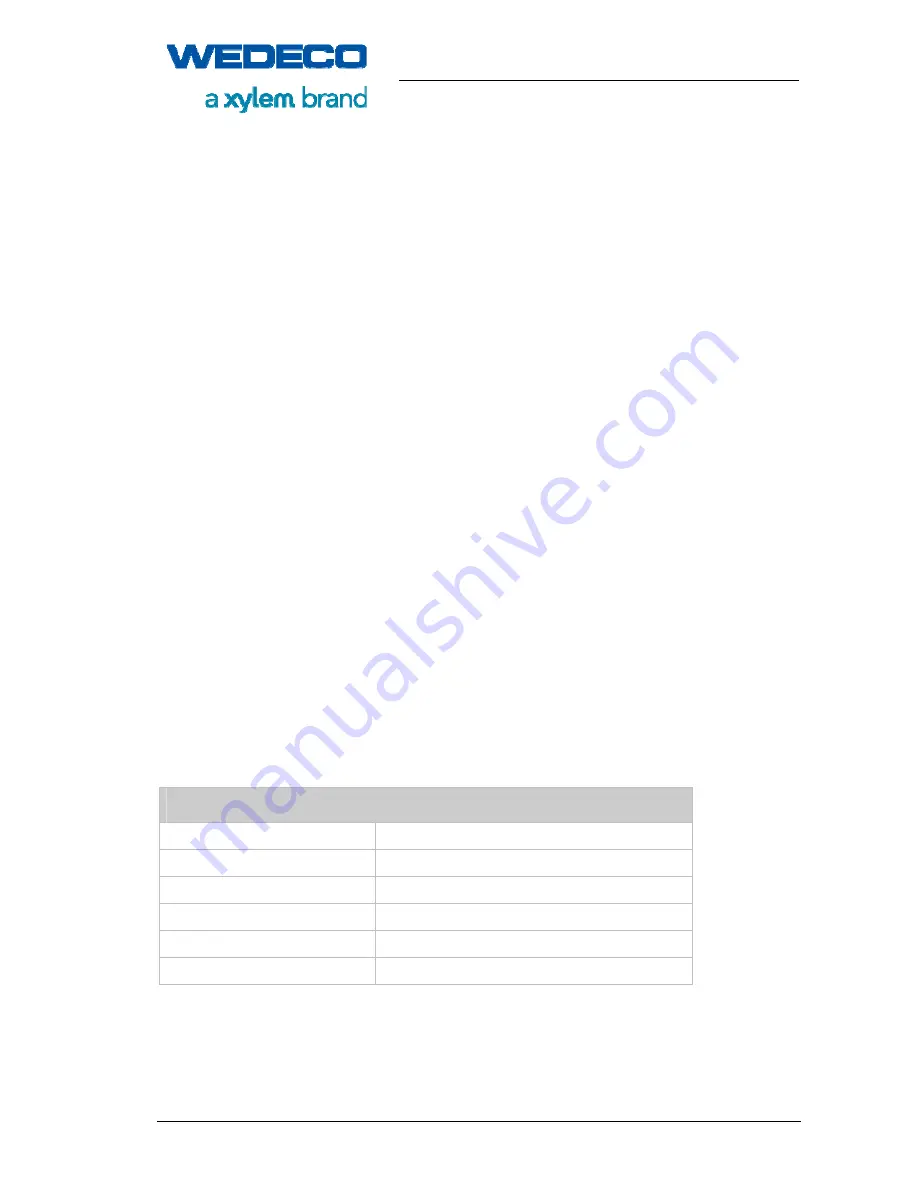
Manual Ozone Generating System SMOevo
Safety
Rev. 1.0
Page 22 of 91
Ensure that the monitoring device (measuring sensor) is positioned
at a place where the highest ozone concentration is to be expected
in the event of a hazardous incident (at ground level).
If this concept is taken into account, the alarm value can be set to
1.0 mg/m3 (
≈
0.5 ppmv).
Ceilings, walls, and floors must be made of non-flammable
materials. As for systems operated with oxygen, make sure that no
flammable material is stored within a radius of 5 m from the ozone
system.
3.7 Hazardous Substance Ozone
The handling of ozone requires special safety measures which are described in the following
section.
Ozone
contains three oxygen atoms,
is heavier than air,
is a colorless to blue gas,
has an intensive odor similar to carnations, hay, or chlorine
is difficult to dissolve in water.
Ozone is non-combustible. However, it does promote combustion processes.
Ozone oxidizes all metals except for gold, platinum and stainless steel. It attacks glass and
ceramics as well as inorganic and organic substances. Organic compounds can be degraded
up to carbon dioxide and water.
Chemical and Physical Characteristics of Ozone
Chemical symbol
O3
Density 2.15
kg/m3
Molar mass
≈
48 kg/kmol
Boiling point
-112 °C
TLV
0.2 mg/m3 (
≈
0.1 ppm
≈
0.1 ml/m³)
Smelling threshold value
0.02 mg/m
3
(
≈
0.01 ppm)














